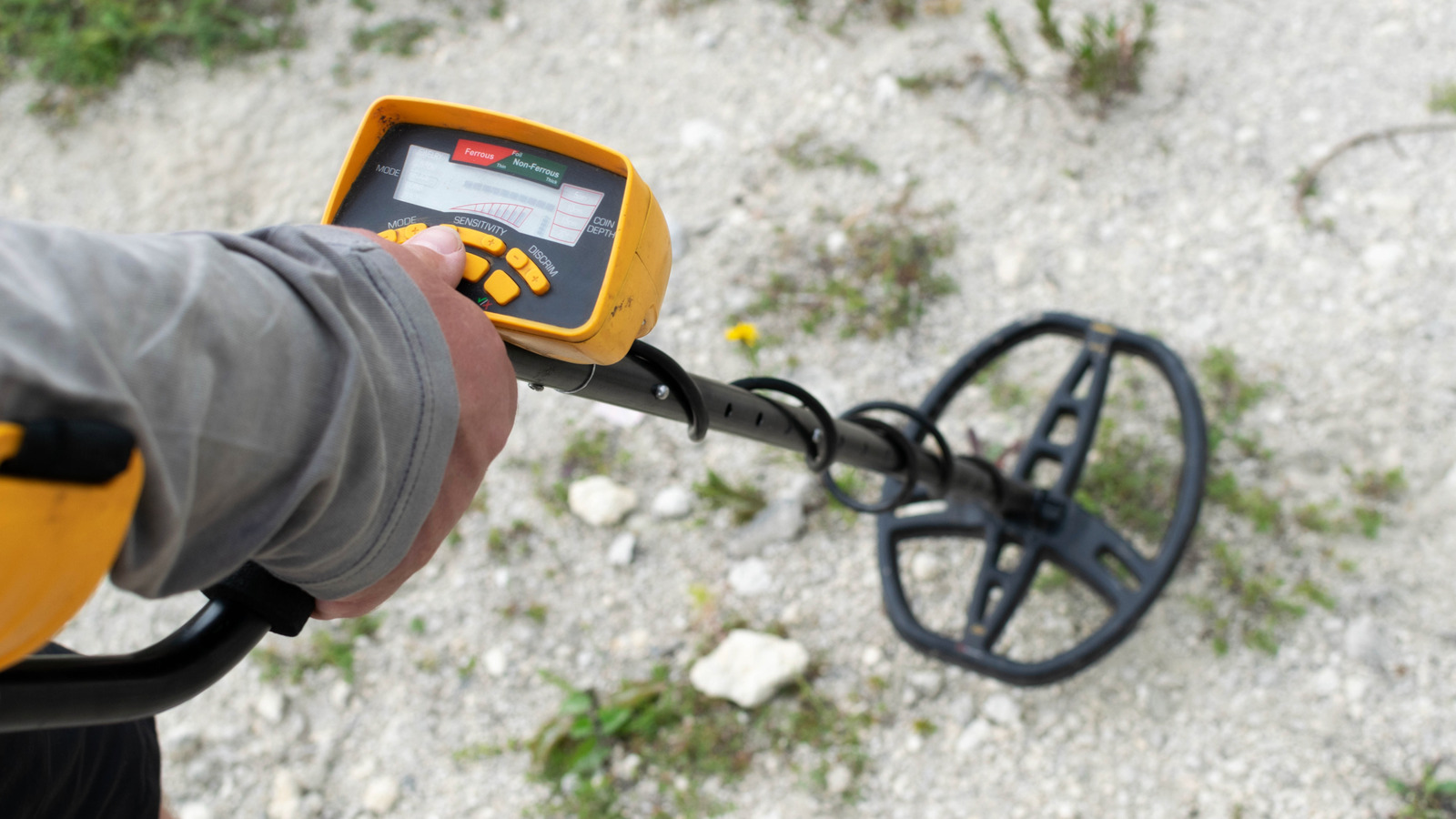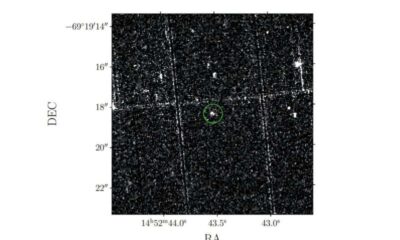Science
Discovering Depths: How Far Can Metal Detectors Reach?

The effectiveness of metal detectors in locating buried treasures varies significantly based on several factors. Most consumer-grade metal detectors can detect coins at depths between 10 and 16 inches. However, the actual depth capability depends on the size and material of the target, the detector’s technology, and the soil conditions.
The type of target plays a crucial role in detection depth. For instance, larger metal objects, such as a metal box, may be detectable at several feet, while smaller items, like a gold nugget, are often found much closer to the surface. Furthermore, the material composition of the object impacts detection, as metals with high conductivity, such as silver and copper, produce stronger signals than those made from less conductive materials.
Understanding Metal Detector Technology
Most hobbyist metal detectors operate using Very Low Frequency (VLF) technology, which is effective for locating coins and jewelry at depths of up to approximately 12 inches. In contrast, Pulse Induction (PI) detectors excel in mineralized environments, allowing them to penetrate through interference and locate larger objects several feet underground.
The functionality of a metal detector is primarily centered around the search coil. This component contains a transmitter coil that generates an electromagnetic field and a receiver coil that detects any disturbances in that field caused by metallic objects. A larger coil allows deeper penetration, with a general rule indicating that a 12-inch coil can typically identify a coin-sized object at a depth of about 12 inches. However, smaller coils have the advantage when it comes to detecting tiny targets.
The operating frequency of a detector is another significant factor. Lower frequencies are better for larger, highly conductive targets, while higher frequencies excel at detecting smaller, low-conductivity items. This has led to the emergence of multi-frequency detectors, which utilize several frequencies simultaneously, enhancing their versatility.
Specialized Detectors for Deeper Searches
Soil composition can greatly affect detection. Mineral-rich soils containing iron or salt can disrupt signals, making it necessary to use specialized deep-seeking detectors for more challenging environments. An example of this is the Fisher Gemini 3, a “two-box” detector that employs separate transmitter and receiver units to locate large targets up to 20 feet deep. It features multiple search modes, including options for free searching and inductive searches.
Another advanced device is the Garrett GTI 2500, which includes a Depth Multiplier attachment specifically designed to locate large, deep items while filtering out smaller debris. Despite its complexity, Garrett emphasizes that the device’s automatic operation makes it user-friendly.
For professional treasure hunters or archaeologists, high-end technology like the OKM eXp 6000 offers even greater capabilities. This system can locate objects buried as deep as 82 feet and has been utilized in high-profile searches, including the treasure hunt featured on The Curse of Oak Island.
As interest in treasure hunting continues to grow, understanding the capabilities and limitations of metal detectors is essential for both enthusiasts and professionals alike. With advancements in technology, the hunt for hidden treasures has become more accessible, but the depth of discovery still relies on a combination of the right equipment, target characteristics, and environmental conditions.
-

 Entertainment1 month ago
Entertainment1 month agoKim Cattrall Posts Cryptic Message After HBO’s Sequel Cancellation
-

 Entertainment2 weeks ago
Entertainment2 weeks agoMasterChef Faces Turmoil as Tom Kerridge Withdraws from Hosting Role
-

 Entertainment4 weeks ago
Entertainment4 weeks agoAldi Launches Cozy Autumn Fragrance Range Ahead of Halloween
-

 Entertainment1 month ago
Entertainment1 month agoKate Garraway Sells £2 Million Home Amid Financial Struggles
-

 Entertainment2 months ago
Entertainment2 months agoSpeculation Surrounds Home and Away as Cast Departures Mount
-

 Entertainment1 month ago
Entertainment1 month agoMarkiplier Addresses AI Controversy During Livestream Response
-

 Health1 month ago
Health1 month agoWigan and Leigh Hospice Launches Major Charity Superstore
-

 Lifestyle3 weeks ago
Lifestyle3 weeks agoSummer Flags Spark Controversy Across England as Patriotism Divides
-

 Science1 month ago
Science1 month agoAstronomers Unveil New Long-Period Radio Transient ASKAP J1448−6856
-

 Entertainment1 month ago
Entertainment1 month agoLas Culturistas Awards Shine with Iconic Moments and Star Power
-

 Entertainment3 weeks ago
Entertainment3 weeks agoTurmoil in Emmerdale: Charity Dingle and Mack’s Relationship at Risk
-

 Lifestyle1 month ago
Lifestyle1 month agoTesco Slashes Prices on Viral Dresses in Summer Clearance Sale








